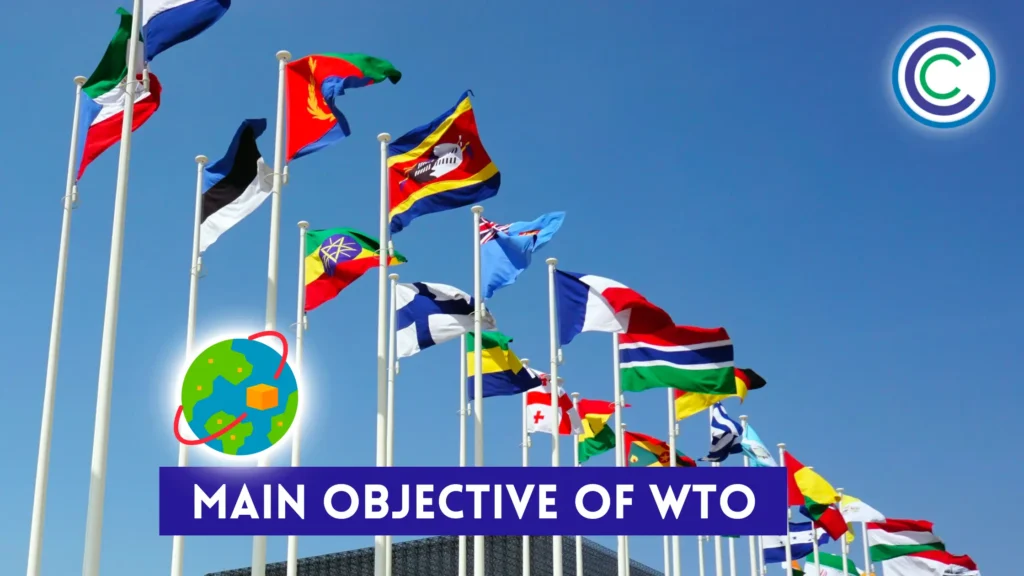The term “GLOBALISATION” has appeared in the earlier 20th century (it was replaced by the French term “mondialization”)
Globalisation refers to the growing economy interdependence of country worldwide through the cross-border transactions in goods and services, International capital flow and also through more Rapid and widespread of Technologies.
Globalisation just began after the end of second world war and was recognised by many international institution like IFM, World Bank and GATT etc. but it came into limelight after the formation of WTO.
Main pillars of globalisation
Globalisation mainly consists of three component which are as follows :– Unhindered
- Trade flow
- Capital flow
- Technology flow
WTO and other international organisation also supported this pillar of globalisation. They should also support unhindered movement of labour.
Effect of globalisation in Indian economy
Globalisation has always been a part of Indian economy. Indian handicraft has always been in demand in whole world. Major step are taken to influence globalisation in India. FDI ( foreign direct investment) was promoted by raising the equity limit on the contribution of foreign capital in business ventures from 40 % to 51%. Tariff barriers on the trade of goods between India and other nations were reduced and quantitative restrictions on import where were withdrawn in order to encourage competitiveness. Except few most goods are trade free.
How globalisation become boon to the world ?
Globalisation has boon the world through the Rapid increase in technology.
Growth of Information Technology is the main services which are being outsourced from India to develop other countries through voice based business process known as BPO or call centre. Many foreign companies such as HCL, WIPRO etc. expanded their Wings in other countries.
Companies of developing countries find more profit in hiring man force from its own country or other developing countries. India has the largest pool of young Man force. Indian IT sectors provide tough competition to the whole world.
For the Welfare of globalisation
As for the smooth flow of trade, W.T.O was born out from the general agreement on tariffs and trade(GATT) in 1995. WTO is expected to establish rule based trading regime in which barriers free trade is practiced. Its mainly aims at fully utilising production and trade services. It also reduces tariff and non tariff trade business and to eliminate discriminatory treatment in international trade relation. WTO has emerged as a global agency for making rules of the international trade investment intellectual property rights and served other economic issue.
Main objective of WTO

- Set and enforce rule for international trade.
- Provide a forum negotiating and monitoring further trade liberalization.
- Resolve trade dispute.
- Increase in transparency of decision making process.
Helps in developing countries by benefiting them from the global trading system.
In the past and as well as in coming times globalisation has changed the whole world in term of modernization and monetary value.
This was my opinion on globalisation

